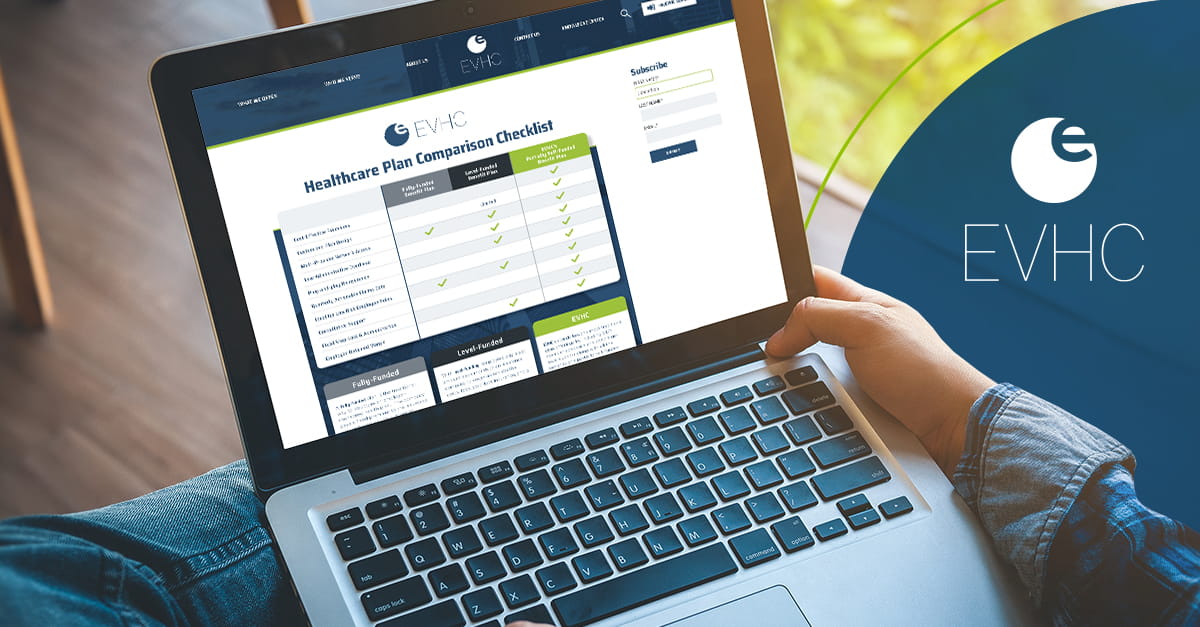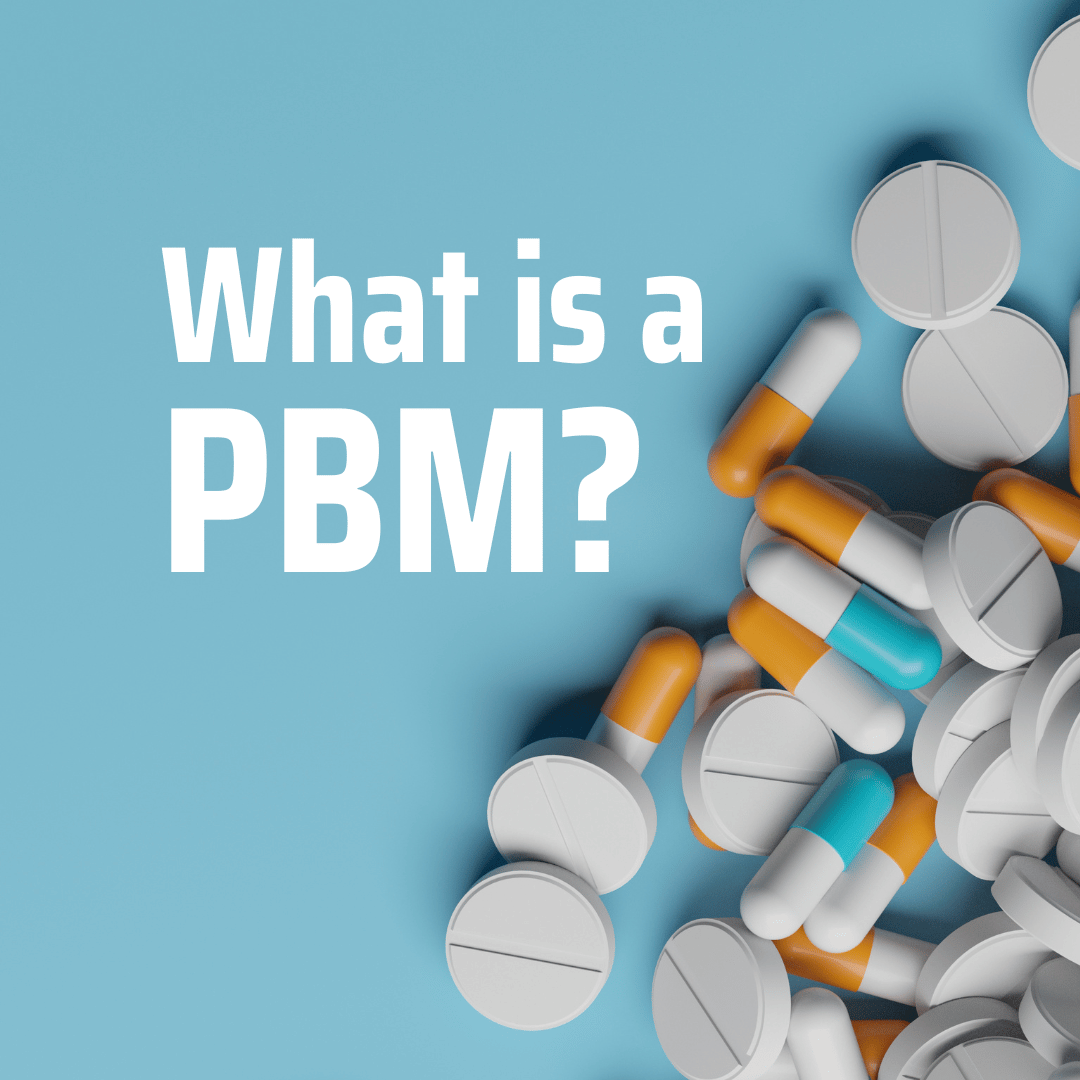
Health insurance makes people nervous.
Think about the open enrollment period, which can be extremely stressful for both employers and employees. You’re trying to decide which plans and options will work best, which will cost less while providing great coverage, and which present the least amount of risk to your business.
People are especially nervous right now. The uncertain economy has organizations cutting costs and taking fewer risks. But you still must be able to provide your employees with great coverage. How do you balance those needs?
Self-funded health insurance could be the solution to your anxiety, but many organizations feel that self-funding is a risky option. They can’t stand their current coverage, but they’re used to it, so they stick with it because they don’t understand what they might be getting into if they switch.
Here’s what you’ll be getting into:
Transparency. Control. Coverage. Savings.
And no greater risk than what you already have.
Insurance’s Dirty Little Secret
Fully insured and even level-funded carriers have the audacity to perpetuate the myth that self-funded insurance is riskier than what they offer. It’s not. Self-funded insurance is no more or less risky, thanks to reinsurance (or stop-loss insurance).
With reinsurance, an insurer transfers part or all the risk associated with their clients’ policies to another insurer. If a client incurs claims that go well beyond the scope of their policy, reinsurance is there to ensure they’re covered. Reinsurance allows insurers to safely underwrite potentially riskier policies without having to pass on additional administrative costs to their clients.
Almost all insurance companies have some form of reinsurance. But fully funded organizations also cover themselves by imposing a secret 25% margin on their customers.
That 25% covers them from claims that go over their liability limit. They don’t tell you that, though. And you don’t get the money back even if you don’t exceed that limit.
Now that’s taking a risk.
Self-funded: Low Risk, High Reward
Things work differently with self-funded insurance and EVHC. There’s no 25% markup or sticker shock. But there is total transparency and reinsurance to nullify any potential risk you may face.
Better yet, you get to keep whatever isn’t spent on claims. You can make any changes you need to make, whenever you need to make them. You can make changes to your prescription drug or chronic disease management benefits—whatever is most important to your employees.
Even better, you can invest whatever money you do not spend on actual incurred claims into other aspects of your business, like marketing, sales, or recruitment. After all, it’s your money. You should be able to use it however you see fit.
With EVHC, you can do just that because we strive to minimize risk in any way possible. We work with 21 different reinsurance carriers, so you know you’re always covered. And we’re always in touch, keeping you informed of your plan’s performance through data-driven analytics and one-on-one consultations.
Where’s the risk in that?
Want to learn more? Watch this video and find out why there’s no such thing as bad risk when it comes to self-funded insurance.
BACK TO INSIGHTS
